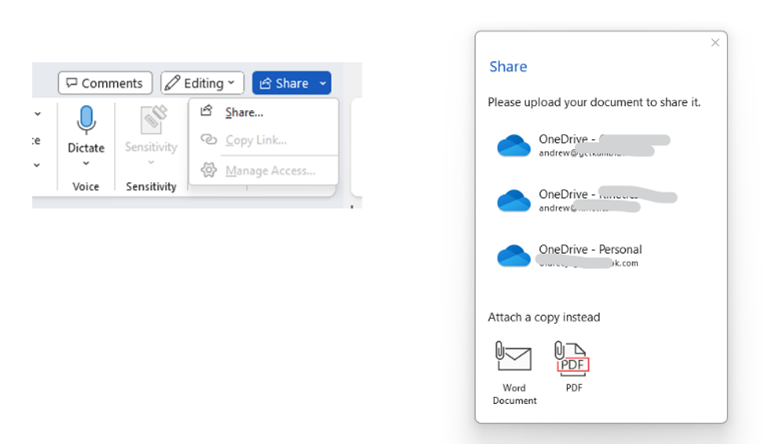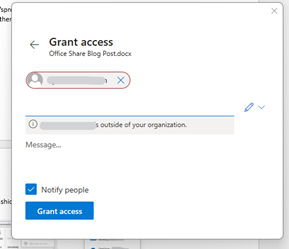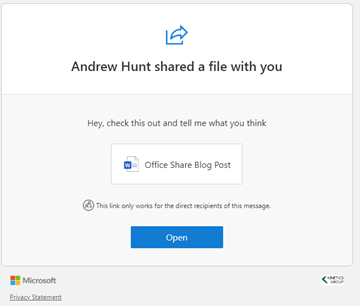Microsoft are working hard to change your habits.
We’ve all experienced the problem of sharing emails and finding that our documents proliferate different versions with different edits which can be quite challenging to bring together.
But that’s not the only problem. In today’s fast-paced business world, document sharing is a necessity. With an ever-increasing need for collaborative work and remote access to documents, there is a growing demand for more efficient methods of file sharing. Email attachments are not only inefficient, but they can also be risky.
1. Security Risks
When you attach a document to an email, it becomes vulnerable to security breaches. Even if you send it to the right email address, there is no guarantee that it won’t end up in the wrong hands. Additionally, once an email is sent, there is no way to retrieve or control the document’s access. This can pose a serious risk, especially if the document contains sensitive information.
2. Large File Sizes
Attachments can get big quickly, especially when sharing images or videos. This can cause problems for both the sender and the recipient. For the sender, large attachments can take a long time to upload and send, and may even break an email server’s attachment size limit. For the recipient, large attachments can take a long time to download, slowing down their computer and wasting their time.
3. Inefficiency
Emailing attachments can be inefficient and counterproductive. It can be hard to keep track of which document has been sent to whom and when emails start to pile up, it becomes hard to find the document you are looking for. Moreover, it allows little room for real-time collaboration and team efforts.

A multitude of sharing options
There are many alternatives available to overcome the limitations of email attachments such as cloud-based solutions, file hosting services, intranet systems, and secure file sharing portals that allow you to share documents without added security risk and file size limitations. Some platforms even offer additional features such as versioning, change history, and control over permissions, so that you have more specific control over who can access, edit and share your document.
The good news is that Microsoft 365 has all of these covered, so you already have the necessary technology!
Here’s how it works:
1. Create your document/spreadsheet/file.
Then hit ‘Share’ in the top right of the screen. If you haven’t saved yet, then Office will guide you to saving it in OneDrive. It will also give you the option of the old-fashioned ‘attach a copy’ as well but the point of this article is to move away from that.

2. If your file is already saved in OneDrive, SharePoint or Teams already, then you can simply share the link.
Subject to the administrator settings in your 365 system, you may be able to share access outside your organisation, or not.
If you do have that choice, then Office will warn you if they are external users and you can give access to read, or read and edit the document.

3. They will receive a message that looks like the following:

4. There are more options.
You can set sensitivity rules, and you can change your mind and revoke access later.
There are a plethora of platforms available that can help you share documents more efficiently and securely. While email attachments may seem convenient, they can be detrimental in terms of security, efficiency, and productivity.
The good news is that you don’t need any other software.
Your Microsoft Office 365 can do all this for you.
If you would like to know more about sharing, and if you would like to know how to manage sharing across your organisation with external parties, please contact your account manager and we will be happy to arrange a training session and KARE document monitoring.
